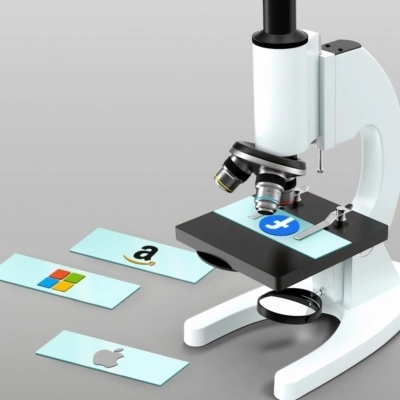So, you’ve been trying to befriend the Facebook Ads Manager for some time now. You’ve launched your first ads, and you already know a little about how to attract new customers. It’s time to start making real money by scaling your Facebook ads!
Scaling Facebook ads will take your advertising to the next level. It allows you to supercharge your high-performing campaigns and generate more sales.
Here are the main ways to scale Facebook ads:
- Increase your ad spend
- Use campaign budget optimization (CBO)
- Try new lookalike audiences
- Target more geographic locations
- Reuse your winning ads
- Target a very broad audience
- Avoid audience overlap
- Switch offers within the same campaign
- Keep the learning phase uninterrupted
In this article, we’re discussing these nine tactics in detail. You’ll find many useful tips to help you scale your Facebook ads and grow your business.
First, let’s get down to the basics.
What does scaling ads mean?
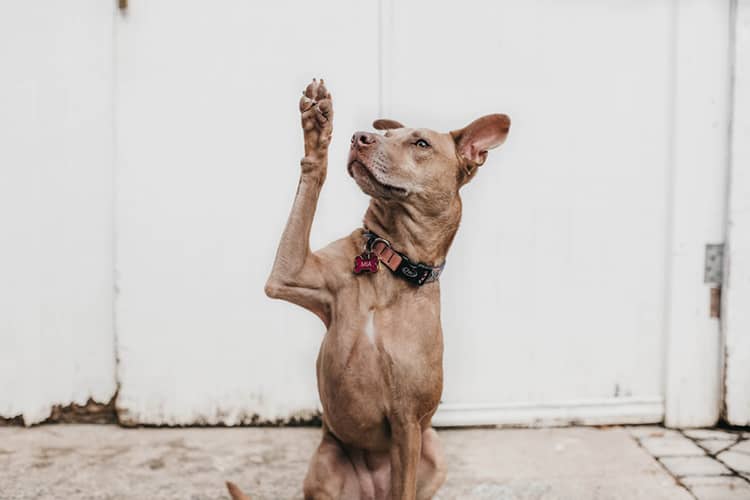
When you scale ads, you maximize the results of your best performing ad campaigns. You do that by making certain adjustments. For example, you can increase your ad spend, look for more high-performing audiences, or work on your creative.
The goal is to get more leads or sales from your already running campaigns that are doing well.
When should you scale Facebook ads?
Once your Facebook ad campaigns start bringing you money, you can already think of scaling them. However, not all ads that convert are worth scaling. The key thing is to look for ad campaigns that have a positive return on ad spend (ROAS). If it’s the first time you see this abbreviation, don’t worry, we explain how to calculate ROAS in our first tip.
It’s advised to let a new Facebook ad run for at least 3 or 4 days before evaluating if it’s good or not. This is the needed time for Facebook to optimize your ad delivery for the best results. During this period, you should not make any changes to the ad. If you do, you will reset the Facebook algorithm.
How can I scale my Facebook ads?

You can scale your Facebook ads using two methods: horizontal and vertical scaling. Vertical scaling means budget changes, while horizontal scaling involves multiple creative strategies.
What is vertical Facebook ads scaling?
Vertical scaling is the most obvious way to scale your Facebook ads – you simply need to put more money into them.
Increase your ad budget little by little. This way, you’ll also give the Facebook algorithm enough time to adjust to your bigger ad spend and optimize your ad delivery.
What is horizontal Facebook ads scaling?
You can also scale your Facebook ads horizontally. It’s one of the most used ways to get more from high performing Facebook campaigns. With this method, you make changes across multiple ad sets, expand your audience targeting, and edit your creatives.
Horizontal scaling has its learning curve. However, this process lets you build a strong Facebook ad account structure and ensures great long-term results.
Let’s dive into nine tips on how you can scale your campaigns and supercharge your sales!
Tip #1 Increasing your ad spend
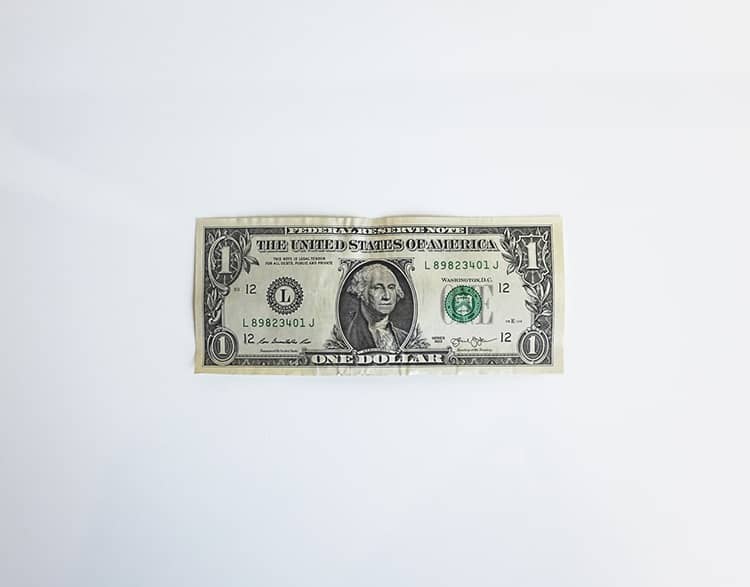
Let’s start with the vertical ad scaling.
Here’s what you need to know before you take your wallet out:
- If you’re just starting to see good results from your winning ad set, it’s advised to increase your budget every 3–5 days.
- We also suggest you increase your budget by no more than 10–20%.
A small increase won’t restart your ad learning phase (we talk more about it at the end of this article). Now, you simply need to know that your ad delivery is better if the learning phase isn’t disturbed.
How do I increase my budget on Facebook ads?
- Go to your Ads Manager.
- Find the campaign or ad set you want to edit.
- Click on Edit.
- Update the budget.
- Click on Publish and Close.
It usually takes about 15 minutes for Facebook to apply the budget changes.
How to know if increasing your ad spend is a good idea?
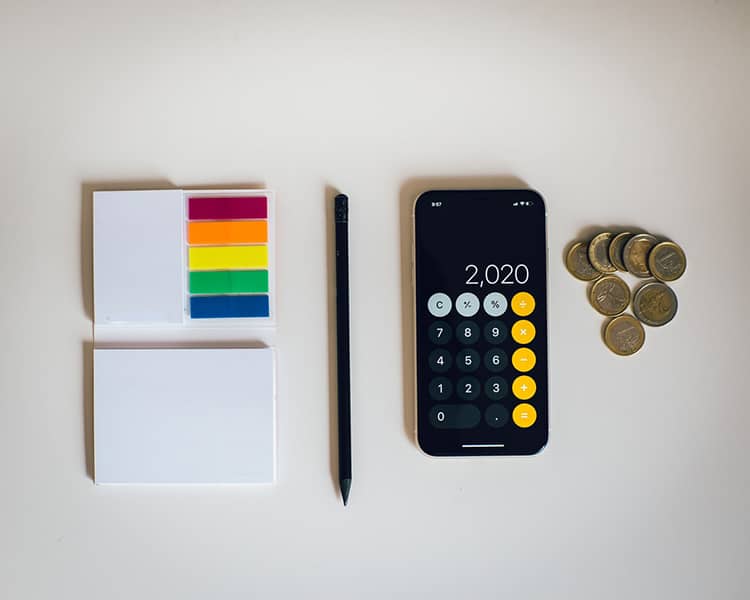
Hint: it’s not about getting more likes and comments under your ad!
1. Monitor your ROAS
Keep an eye on your ROAS (return on ad spend). This metric:
- Measures how much revenue you get from each dollar that you spend on your ads.
- Helps you to understand how well your ads perform.
Increased engagement is a good signal – it boosts your ad’s social proof and attracts more potential buyers. However, at the end of the day, you want to base your advertising decisions on the value that your ad dollars bring you. This is what ROAS helps you to do.
How to calculate ROAS
Here is the equation to calculate your return on ad spend (ROAS):
For example, if your ad campaign generates $2000 in revenue and costs you $500, your ROAS is 4:1. This means that for $1 you spend, you get $4 in return.
If your ROAS is starting to drop, be cautious with your budget. It may mean that your ads have reached their full potential. Keep an eye on this metric to make sure you’re not losing money on underperforming ads.
2. Evaluate your ad frequency
Ad frequency is one of the most important metrics you need to consider before scaling your Facebook ads.
Ad frequency shows how many times your ads have been seen by a unique person. For example, if your ad frequency is 5, it means that, on average, your ad has been seen five times by each user.
How a high ad frequency increases your cost per acquisition
When your ad frequency increases, the CPA (cost per acquisition) increases, too. This happens because the more times the same people see the same ad, the less effective it will be.
The reason behind it is pretty simple – people get bored of seeing the same things all over again (unless it’s that cute dog video you like).
The point is, you need to keep your ad frequency low to keep your potential customers interested.
See the relation between the cost per action and ad frequency in the study by social media today.
The study has found that as the ad frequency rises over 4 views on average of an ad, CPA rises, too.
When the ad frequency stays between 1.8 and 4, your CPA is the best (so is your possible outcome of scaling your Facebook ad campaigns).
Key takeaway #1
Increasing your ad budget is the easiest way to scale your ads. Use ROAS to decide if it’s worth it to increase your ad spend. You can calculate your ROAS for a whole campaign, an ad set, or specific ads. You’ll get the best results scaling Facebook ads that have a frequency between 1.8 and 4.
TIP #2 Use Campaign Budget Optimization (CBO)
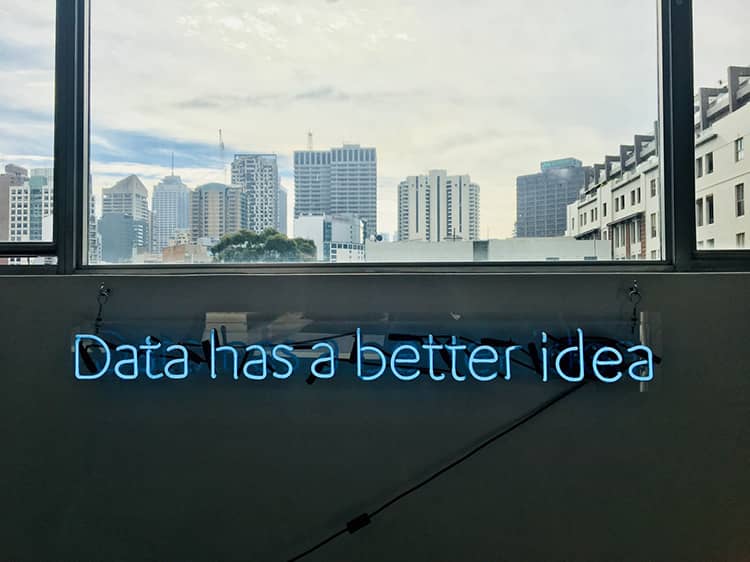
There are two ways you can keep an eye on your Facebook ad dollars: you can set an overall campaign budget, or you can set individual budgets for different ad sets.
The latter method works well when you want to have more control in delivering specific ad sets within your campaign.
For example, you could have ad sets with mixed optimization goals or bid strategies. Or you could have ad sets that differ a lot in their audience size. It’s good to have control in such cases.
However, managing your budget manually takes a lot of time and effort.
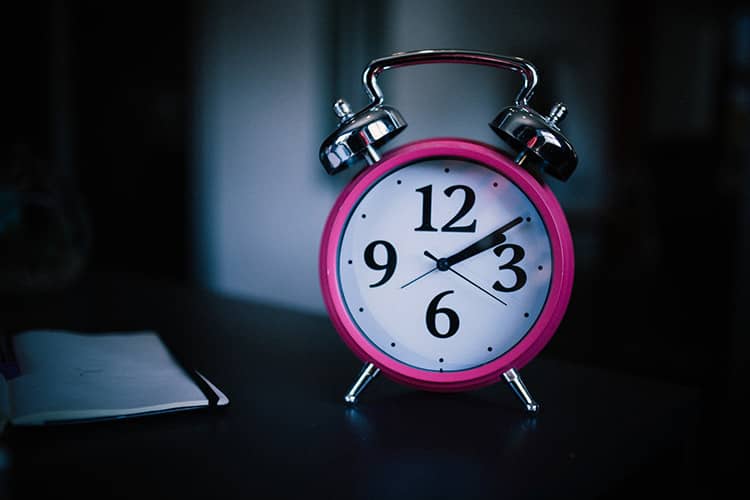
Chances are, as an online business owner, you already have a lot of things on your mind, and one more thing to take care of is not something that you need.
Campaign budget optimization helps to take some pressure off. You simply need to set a budget for your ad campaign, and Facebook will distribute your budget among your best-performing ad sets.
Benefits of Campaign Budget Optimization:
- Simplified campaign setup and management: your budget is distributed automatically.
- Efficient ad delivery: you can get more from your ads at a lower cost.

Things to remember about CBO:
- It works best with campaigns that have two or more ad sets.
- You can set a daily or lifetime budget.
- It’s likely that your budget won’t be spent equally for each ad set. You could even spend 90% of your ad dollars on a single ad set if it’s the best performing one. For this reason, you need to remember to analyze your results at the campaign level rather than at the ad set level.
Key takeaway #2
Use CBO to make scaling your Facebook ads easier. It automates budget control and simplifies campaign setup. Most importantly, it helps you to get the most of your ads at the lowest cost.
Tip #3 Scaling Facebook ads with new Lookalike Audiences

Lookalike audiences help you reach people who are likely to be interested in your winning products or services. Testing new lookalike audiences is a great way to scale your Facebook ads.
You can create lookalike audiences from source audiences that:
- are based on your customer lists.
- use pixel events, such as “add to cart last X days,” “Y page view last X days.”
Increase the audience size percentage (for example, from 1% to 2%). Start with small changes. If your new audiences respond well, you can continue to scale your lookalike audiences to 3%, 4%, etc.
The higher the percentage of a new lookalike audience, the more people you can reach with it.
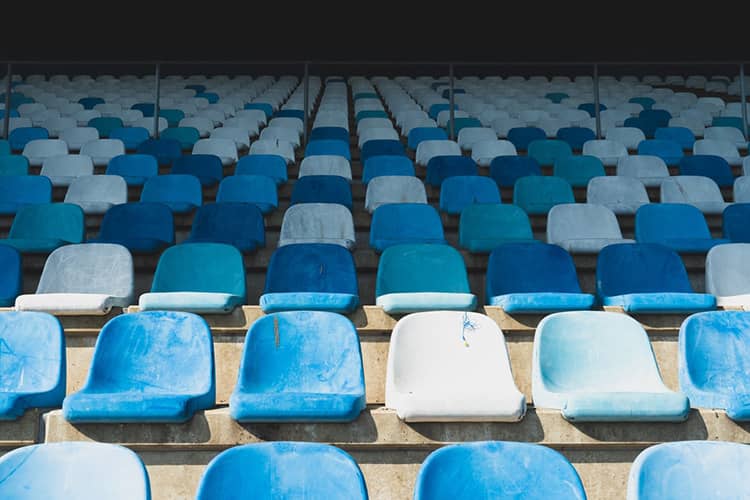
Just keep in mind that the similarity between your existing customers will decrease proportionally. Keep an eye on the results with each change to see how further it’s worth to expand your lookalikes.
If you’ve never created a lookalike audience, it’s pretty simple. Here’s the process step by step:
- Go to your Ads Manager.
- Click on Audiences.
- Click on Create Audience and then select Lookalike Audience.
This is what you will see:
- Choose a source audience (it’s a custom audience that you can build based on the data of your Facebook pixel, mobile app, or fans of your Facebook page).
- Select your audience size. The smaller your lookalike audience is, the more similar it will be to your source audience.
- Then, Facebook will identify the common qualities of the people in your chosen source audience.
- Your ads are delivered to people who are similar to your source audience.
If you’ve never created a source audience, here are a few tips to get started:
- Facebook recommends choosing a source audience that consists of between 1,000 to 50,000 people.
- Segment your source audiences according to their lifetime value. For example, a source audience that contains your best-paying customers will likely bring better results than a source audience made up of all your customers.
Key takeaway #3
Scale Facebook ad campaigns by expanding your lookalike audiences. Start with a 1% lookalike audience based on your best previous customers and gradually increase the percentage as you build new lookalike audiences.
Tip #4 Expand your geographic targeting
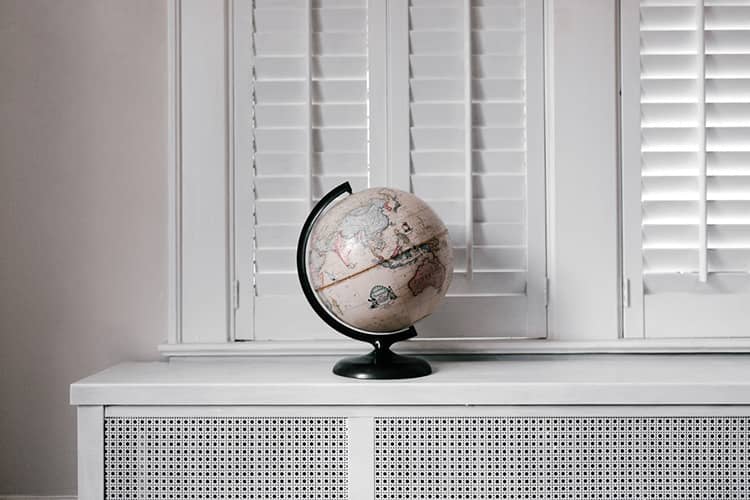
This is a pretty straightforward way to scale your Facebook campaigns.
If you don’t need to target people only living in a very specific area (could be the case if you own a small coffee shop), you can expand your target audience geographically.
Once you have run multiple ad campaigns in one country and have enough data to know what kind of ads convert the best, you can apply your findings when expanding your geographic targeting.
For example, if you’ve found success targeting the U.S., you can try running ads in more English speaking countries or target other foreign markets where you see the potential.
Here are a few tips for trying new geo locations:
- Do some calculations to make sure it’s worth it for you to ship to new countries.
- Be aware of any cultural differences and make changes to your ads accordingly.
- Start with a smaller ad budget at first and increase your ad spend gradually.
Key takeaway #4
Master one geographic market first and scale your Facebook campaigns by applying your learnings to more geo locations.
Tip #5 Reuse winning ads
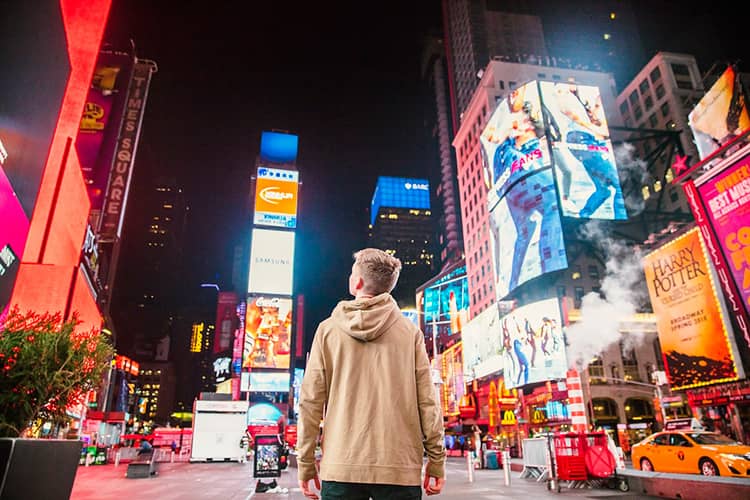
Another great way to scale your Facebook campaigns is to replicate your high-performing ads.
With this horizontal scaling tactic, you reuse your winning ads to target different audiences.
- Look for ads that bring you the most revenue.
- Create new ad sets.
- Reuse your winning ads.
- Choose a different target audience for each new ad set.
If you don’t have clear winning ads yet, start with creating a new ad campaign to test new ads.
Once you have tested different ads and found the best combinations of text and visuals, replicate those ads, and use them in a new Facebook ad campaign.
In your new ad campaign, create multiple ad sets, each containing your winning ads yet targeting different audiences.
That’s it!
Use these tips for testing ad creatives

Here’s what to do if you don’t know where to start:
- Test a single image ad vs. a single video ad;
- Test two or more different single images;
- Test a single image vs. a carousel ad;
- Test different headlines;
- Test different call-to-action phrases.
The key thing to remember is that you always need to test 1 variable. For example, run three ads where everything is the same except the image. If you test more than one thing at once, you’ll not know why one ad performs better than the other – it kind of ruins the whole idea of testing.
Key takeaway #5
Replicate your best performing ads and target different audiences with multiple ad sets.
Tip #6 Target a very broad audience
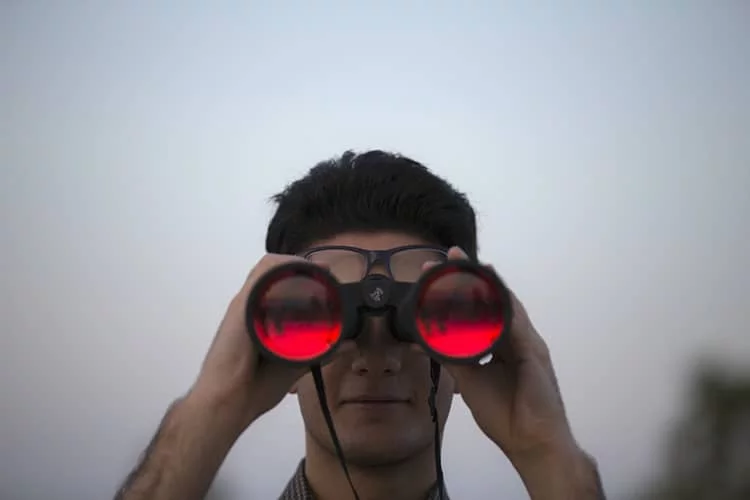
Here’s a simple way to start scaling your Facebook ads: target a very broad audience! If you’re selling a commonly used product that could be suitable for most people, give it a go.
Compared to creating a lookalike audience or looking for the next suitable interest that could attract new customers, you don’t really need to do much with this method.
Simply decide on the country where you want to sell your product and choose an age range (e.g., 25-50).
Here are a few benefits to this method:
- Your ad frequency will remain low for a fairly long time.
- If you don’t know what audiences respond well to your brand, it’s a great way to figure it out. Once your campaign has been running for some time, you’ll be able to see who is interested in your ads. You may discover audiences you may have missed otherwise!
Key takeaway #6
Scale your Facebook ads by targeting broad audiences. This method is easy and can help you to uncover relevant audiences that you didn’t know before.
Tip #7 Avoid audience overlap

Audience overlap happens when two or more of your ad sets target the same audience. The larger the overlap is, the less efficient your ads are. You end up competing against yourself and losing your money.
When scaling Facebook ads, audience overlap occurs commonly because of the way ad campaigns are structured.
One ad campaign usually has multiple ad sets that also contain individual ads. Your separate ads compete against each other by default. This is a good thing.
For example, you can run ads where everything is the same except for images. This way, you’re able to test many different visuals and put your money on the best performing one.
However, it gets complicated once you add more ad sets to the same campaign with seemingly different audiences.
Let’s imagine you sell dog collars on your dropshipping store.

After testing different images, you’ve found the one that gets the most attention. Now, you want to scale your Facebook advertising by running multiple ads with that image for several different audiences.
You decide to create two different ad sets with two new audiences:
- Your first target audience is based on the demographics. You know that women between 25-40 who live in big cities bring you the most sales, so you create an audience based on these demographic criteria.
- You also create a lookalike audience based on people who added something to their cart in the last 30 days.
Since women who are between 25-40 and live in big cities tend to be your best customers, chances are they will make a significant number of people in your lookalike audience, too.
You may end up with two ad sets competing against each other. As a result, your ad cost will increase.
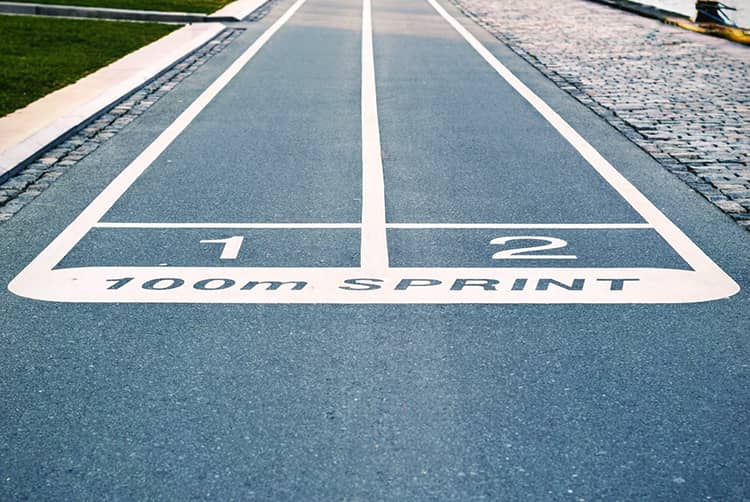
Your goal is to keep your audiences different enough so you wouldn’t be spending money on competing against yourself!
Use the Audience Overlap tool to make sure your target audiences don’t overlap too much.
- Go to your Audiences.
- Check the audiences that you want to compare (you can choose up to 5).
- Click on Actions > Show Audience Overlap.
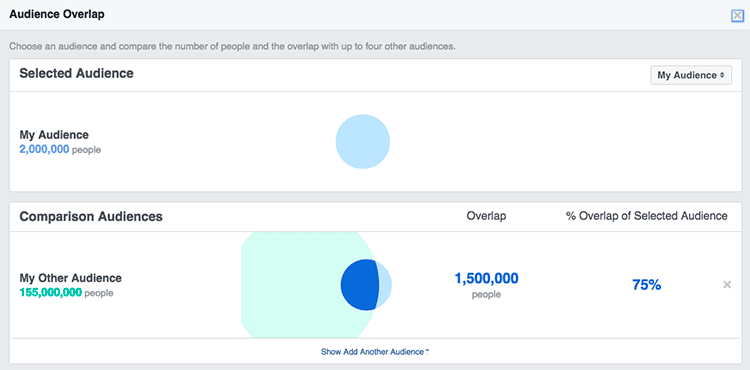
The first audience you choose will be the one that the tool will compare to others.
Keep in mind that you need to have audiences with at least 10,000 people to get useful overlap information. Also, to protect people’s privacy on Facebook, the social media network doesn’t share data for audiences that have less than 1,000 people.
How to avoid bidding against your ads?

A rule of thumb is to avoid having an overlap of more than 30%.
So, you’ve checked your target audiences with the Audience Overlap tool, and you found that they overlap by a high percentage. What do you do?
You have two solutions:
- Edit your targeting. For example, exclude specific interests or demographics or behavior that overlaps.
- Regroup your ad sets. Combine ads from ad sets that target the same people under one ad set.
Key takeaway #7
When working on expanding your audiences, make sure to check if they don’t overlap too much (no more than 30%). If the percentage is higher, your ad sets will compete with each other, and you’ll lose money.
Use Facebook’s Audience Overlap tool to check how much your new audiences overlap, and refine them if needed: use more detailed targeting or regroup overlapping ads.
Tip #8 Keep on switching offers within one campaign

Scaling Facebook ads is not something you do once and forget about it. It’s a process that needs your ongoing attention. Otherwise, you may run into many issues, one of them being ad fatigue.
Ad fatigue happens when your campaign frequency gets too high. Your target audience starts seeing your ad campaigns so often they get tired of them and stop paying attention to you.

Once people get bored seeing your ads, your relevance score decreases, and your cost per acquisition increases. In other words, your ads don’t resonate with your target audience anymore, and you pay more and get less.
To avoid ad fatigue, you need to keep your ads fresh. One of the best ways to do it is to rotate a few different offers within the same ad campaign.
It may sound like a bit of work but just think about it. You’ve already spent so much time testing different ads, looking for the best lookalike audiences, why give it all up at the last step?
And you don’t need to have many different offers. Two or three offers within the same campaign are more than enough.
For example, you could switch between a discount, small gifts (buy X and get Y for free), downloadable guides.
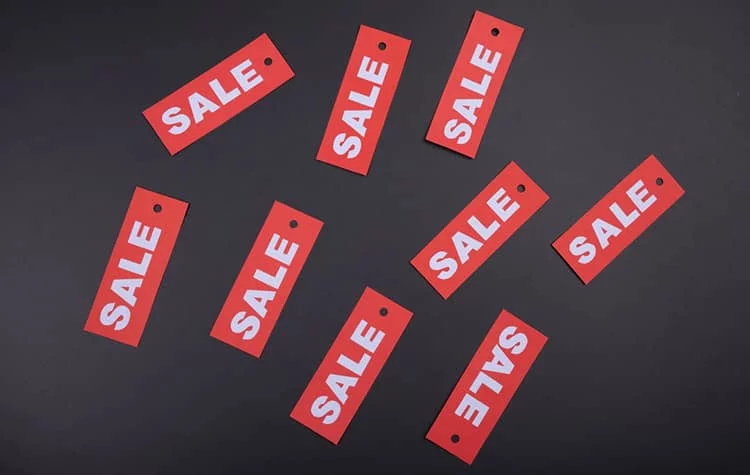
You can also play with presenting the same offer in a few different ways. Switch between video and image ads or have different kinds of copy for the same idea. The point is to find new ways to promote the same thing.
Key takeaway #8
Rotate multiple offers within the same campaign to keep your potential customers interested in your brand.
Now you know the best ways to scale your ads! There’s one last thing to talk about: the learning phase. Let’s see why it’s important and how not to reset it to ensure you get the best outcome from scaling your Facebook ads.
TIP #9 Mind the learning phase

Once you launch a new Facebook ad, it enters the learning phase. During this period, the Facebook algorithm is learning about your ad set. The system is looking for the best way to show your ads to your potential customers.
Because the Facebook algorithm is exploring many different delivery options, you may see ups and downs in your results in the first few days.
For example, your CPA (cost-per-action) can be higher. That’s why some dropshipping experts advise killing your ads after 48 or even 24 hours if they don’t deliver. Don’t do it! Be patient, and you’ll see the results.
When is the learning phase finished?

Facebook never really stops learning about the best ways to show your ads. However, technically, the learning phase is done once the performance of ad sets stabilizes. Usually, that happens after 50 optimization events* since the last significant edit to your ads or ad sets.
Optimization events – the number of times your ads met the goal your ad set is optimized for. You can choose your optimization event at the ad set level. For example, you can optimize your ad sets (and the ads within them) for link clicks.
How long your learning phase will take depends on your budget, too. If your daily budget is bigger, the Facebook algorithm will learn about your ad set faster.
How not to ruin the learning phase

The key to having a successful learning phase is to let it run without any interruptions. In other words, you should not make any significant edits.
To complete the learning phase successfully, Facebook recommends to:
- Avoid significant edits. If you edit your ad, ad set, or campaign, you may restart the learning phase.
Significant edits include:
- any change to targeting, ad creative, or optimization event;
- adding a new ad to your ad set;
- pausing your ad set for seven days or longer;
- changing the bid strategy.
- Avoid high ad volumes. Don’t create too many ad sets and ads at once. If you do, the algorithm will learn less about each ad.
- Use realistic budgets. Don’t put too little money into your ads, and don’t put too much. Aim for the budget that will get you 50 optimization events. Also, keep in mind that frequent budget changes can result in your ad set re-entering the learning phase.
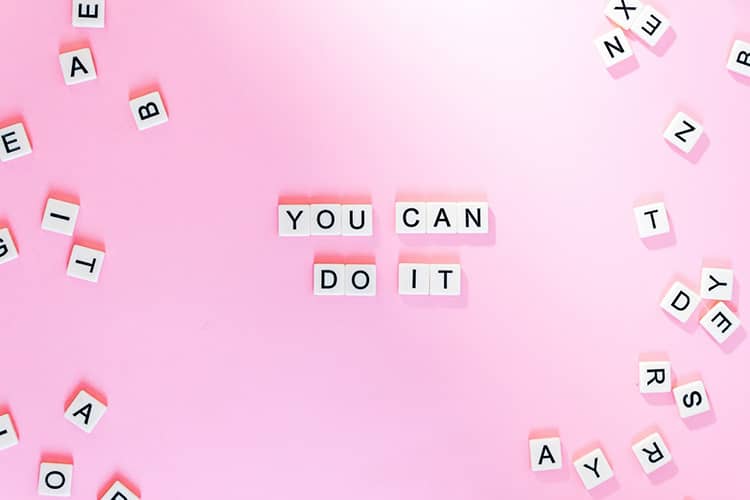
IMPORTANT!
There are some edits that may not cause the learning phase to restart. According to Facebook, if the change is not too big, you can get away with editing:
- Ad set spending limit amount.
- Bid control, cost control, or ROAS control amount.
- Budget amount (in some cases). For example, if you change your budget from $50 to $55, chances are the change will not be too big to disturb the learning phase. However, if you increase your budget from $50 to $500, the learning phase may restart.
Key takeaway #9
Unless it’s really necessary, refrain from editing your ads during the learning phase. Don’t make significant changes to the ad budget. Once Facebook has gathered the data it needs to deliver your ads the best way possible, the learning phase will be over, and you’ll be more efficient at scaling your ad campaign.
Wrapping it up

Scaling Facebook ad campaigns isn’t exactly an easy undertaking. Even the most experienced marketers get lost in all their sophisticated ad structures. If you ever need a helping hand, remember that you can always try using sixads, too. Audience targeting gets much easier with our algorithms doing the job for you. Check it out!
If you feel determined to do it all by yourself, that’s great, too. Have a look at our Facebook Ad glossary for beginners so you could navigate through Facebook Ads Manager like a pro!
